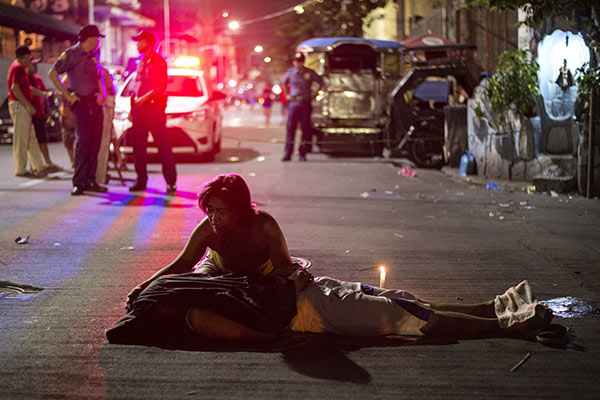The Roman Catholic Church and the municipality of Cebu
On May 9, 1906, the Roman Catholic Church through Very Reverend Thomas Hendricks, Bishop of Cebu filed a complaint against several municipalities of the Province of Cebu. Included in the complaint against the then Municipality of Cebu (Cebu became a City in 1937). The Catholic Church claimed that since time immemorial they had been the owner of a parcel of land and a parish house standing thereon which was known as the old parochial building of Parian.
The subject of the controversy was then in the possession and being administered by the Municipality of Cebu. It was the stand of Bishop Hendricks that the property be decreed to belong to the Roman Catholic Apostolic Church.
Then on August 22, 1911, the Roman Catholic Church filed an action for recovery against the Municipality of Cebu. The Church alleged that in 1902 without its consent and against its will, the Municipality of Cebu usurped and took possession of the property. The Church estimated that the reasonable rent would have been P80 per month.
The Provincial Fiscal of Cebu in representation of the Municipality of Cebu (Cebu was still then under the jurisdiction of the Province of Cebu, that is the reason why in 1907, the entire council of Cebu including its mayor, Francisco Arias, the duly elected Vice Mayor of Vicente Sotto who won but was not able to assume office as mayor as he was in exile in Hongkong was suspended and dismissed by the governor Cebu) on September 23, 1911 filed a written answer to the complaint and denied all the allegations of the Roman Catholic Church.
The earlier case filed in 1906 reached the Supreme Court and decided on October 8, 1908, for a thorough understanding a portion of the decision is quoted:
"The only property which the plaintiffs claim in the Municipality of Cebu is a building formerly used as a convent in connection with the Parian Church. The evidence of the plaintiff's themselves shows that this building has not been used as a convent since 1862 or 1863; that no services were held in the church next to the convent after 1868 or 1869, and that the church itself was taken down in 1878. From 1862 or 1863 to 1887, the building was used as a tribunal for the Chinese guild (gremio de chinons). In 1887 a part of the building was, by order of the Roman Catholic Bishop of the Diocese of Cebu, converted into a hospital and it was used as such until 1898, when it was taken possession of the municipality of Cebu, which has since occupied it."
The above case was dismissed as against the Municipality of Cebu. The second case, filed in 1911, the Supreme Court asked the following question which it believed was the main issue of the case:
Is the Catholic Church, the owner and proprietor of the lot on which previously stood the parish church of San Juan Bautista del Parian, as church that was abolished and aggregated to the Cathedral of Cebu, and is it also the owner and proprietor of the adjacent building which was used as a parish house?
The Church expressed the following facts: That in 1849 when the governor and captain general of the Philippine Islands ordered the discontinuance of the Parian Parish and the demolition of the church, the Bishop of Cebu protested, and as a result the Parian Church continued to stand as a hermitage where religious services were held until 1868.
In 1893, the Bishop of Cebu formally claimed from the government (at that time it was the Spaniards who ruled) the ownership of the old convent and the lot occupied by the Parian Church. Another fact is that in 1741, the Very Reverend Protasio Cabezas, the Bishop Elect was the parish priest of Parian.
The Supreme Court on March 24, 1917 in resolving with finality the conflict of claims of the church and the government decided that the building which was occupied for many years by the tribunal de mestizos of Cebu, then by the army and later as fire station is the exclusive property of the government, therefore of the Municipality of Cebu and the land adjacent to the building occupied by the then San Juan Bautista del Parian Church, on which there stood a stone pedestal with an iron cross is the lawful property of the Catholic Church.
- Latest




















